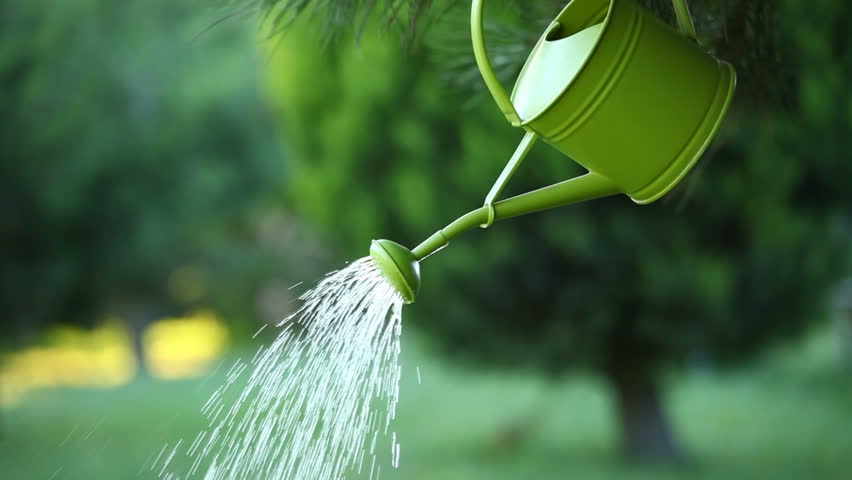As planting season approaches, like anyone who lives in our high desert climate, we are keeping a close watch on the water situation this summer. At the garden center, one of the most frequent comments we’ve heard lately is about gardening in a dry season but the good news is yes, you can still have a garden and there are ways to do it while making the best use of your water at the same time.
A healthy flower or vegetable garden can actually use less water than grassy areas and you should begin by improving the soil. Mixing compost, peat moss, Back to Earth, or other amendments in not only improves the soil by adding organic matter and loosening up our heavy clay, but also adds water retaining material. This is critical for your success this year.
Many people have also been asking about xeric. Remember that xeric isn’t a type of specialty garden, but rather a system of principles that all work together to conserve water. Many annuals and perennials that you wouldn’t necessarily expect to be classified as “xeric” appear on Colorado’s Xeric list and they include petunias, alyssum, gazanias, daylilies, lavender and more. The most important thing is to select and group flowers, vegetables, and perennials by their specific sunlight and water needs when you plant them. However, it’s important to remember that you can’t simply put in a xeric garden and walk away. Any plant will need regular watering and care until it’s established, including those considered xeric.
One of our favorite tricks to is to add something called Soil Moist. These polymer crystals are similar to those found in baby diapers. Once they are wet, they expand and hold moisture, then release it as the soil around them dries out later in the day. It’s a great way to prevent all of that water from simply running through the bottom of the pot. Soil Moist can be used in hanging baskets, pots, containers, and even in your flower beds and it will last for several years. We highly recommend this!
The use of weed barrier and mulch will be more important than ever this year. Not only do they help to retain moisture, but they also make for a nice finish to your beds or containers, and they will also help to keep weeds at bay. Since weeds compete with desirable plants for water, doing whatever you can to keep them minimized will help your flowers and vegetables thrive, even if it means weeding by hand on a regular basis. Apply mulch to a depth of 2-4″ for maximum results.
Install soaker hose or drip irrigation where ever possible. By using these systems, the water is delivered directly to the base of the plants and none is wasted. Use a timer on these, or on your sprinklers to help regulate the timing on your watering. If you aren’t sure how much water is being delivered from your sprinklers, put a saucer or even an empty tuna fish can in the area to measure. If using one of these isn’t an option, then hand water using a wand so that you can get that moisture directly where it is needed.
Water at night between 10 pm and 6 am when possible, or at least avoid watering between the hours of 10 am and 6 pm which is the hottest part of the day. Watering in the early morning allows your plants to take up what they need and will help to see them through the challenging summer temperatures. Try not to water when the wind is blowing, especially if you use a sprinkler because much of the water will evaporate in the air.
Watering deeply is more important than watering often. Watering deeply means that in general, you will have applied enough water to reach approximately 8″ below the surface. This way will help to protect your plant through times of drought because it will encourage roots to grow further down, rather than staying near the soil surface where they could dry out much more quickly. Regular applications of fertilizer are also more important than ever in these conditions in order to help your plants establish good root systems.
If you don’t want to tackle a large garden, consider containers and pots. Vic and I have switched to large pots for our tomatoes and we love having them at a more accessible height, along with being able to control the watering a little better. We also love not having to weed them! Another tip is to put a bucket into your shower in the morning when you are running it waiting for the water to warm up. It’s perfectly clean water, and can easily be recycled and carried to water your pots or containers, rather than letting it run down the drain.
If you lived here in 2002, you know that the rains will come again and things will green up. In the meantime, be prudent and careful, water responsibly, use a little common sense in recycling water when and where possible, and you’ll still be able to enjoy beautiful flowers and eat fresh vegetables this summer while making the most of this most precious resource.

